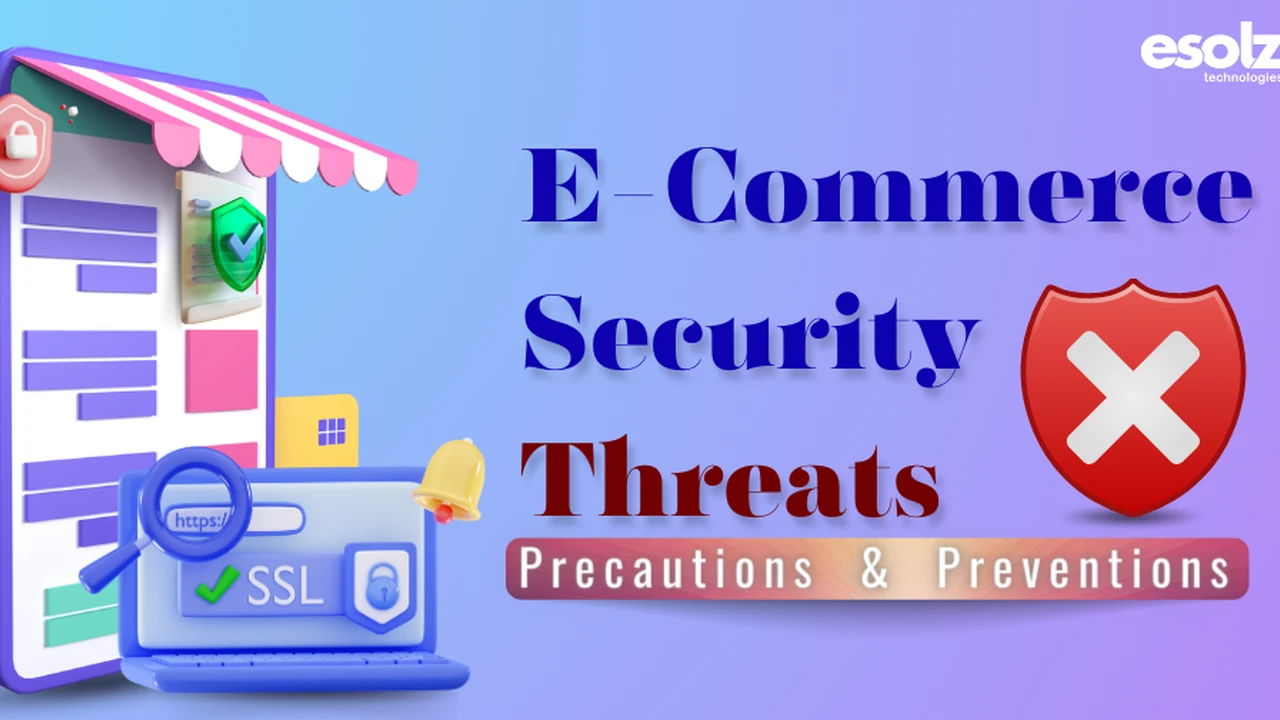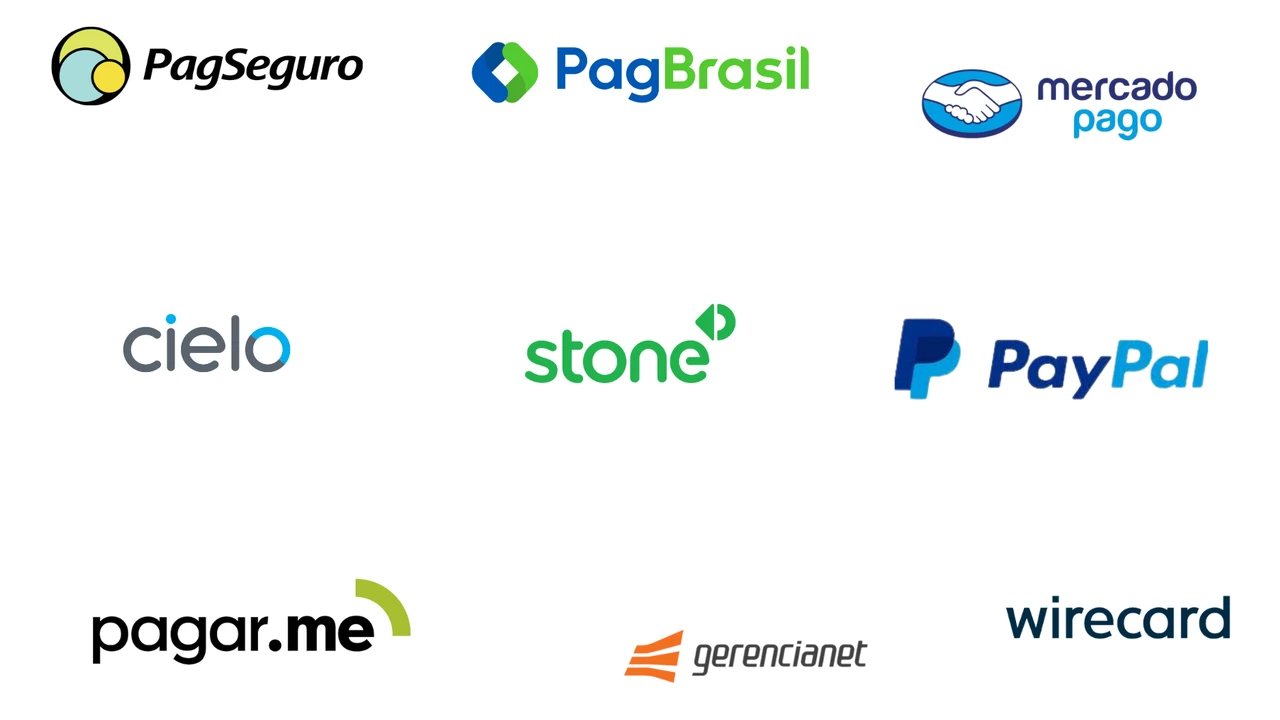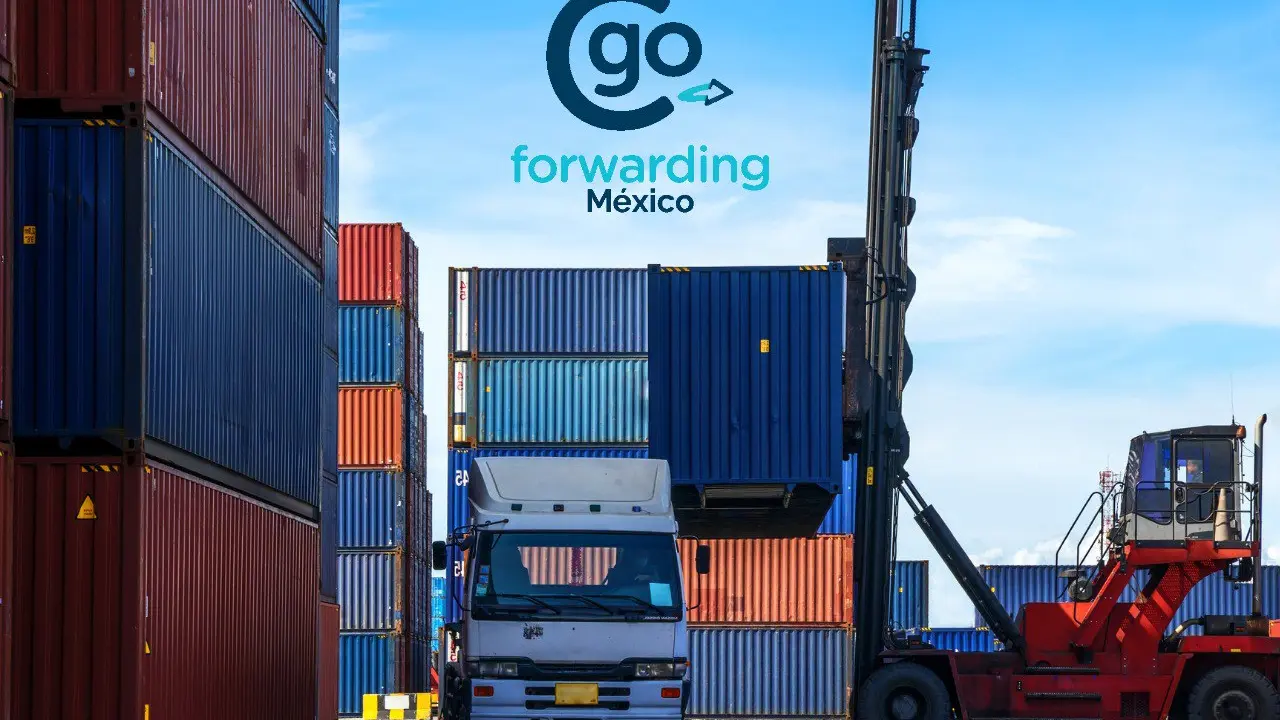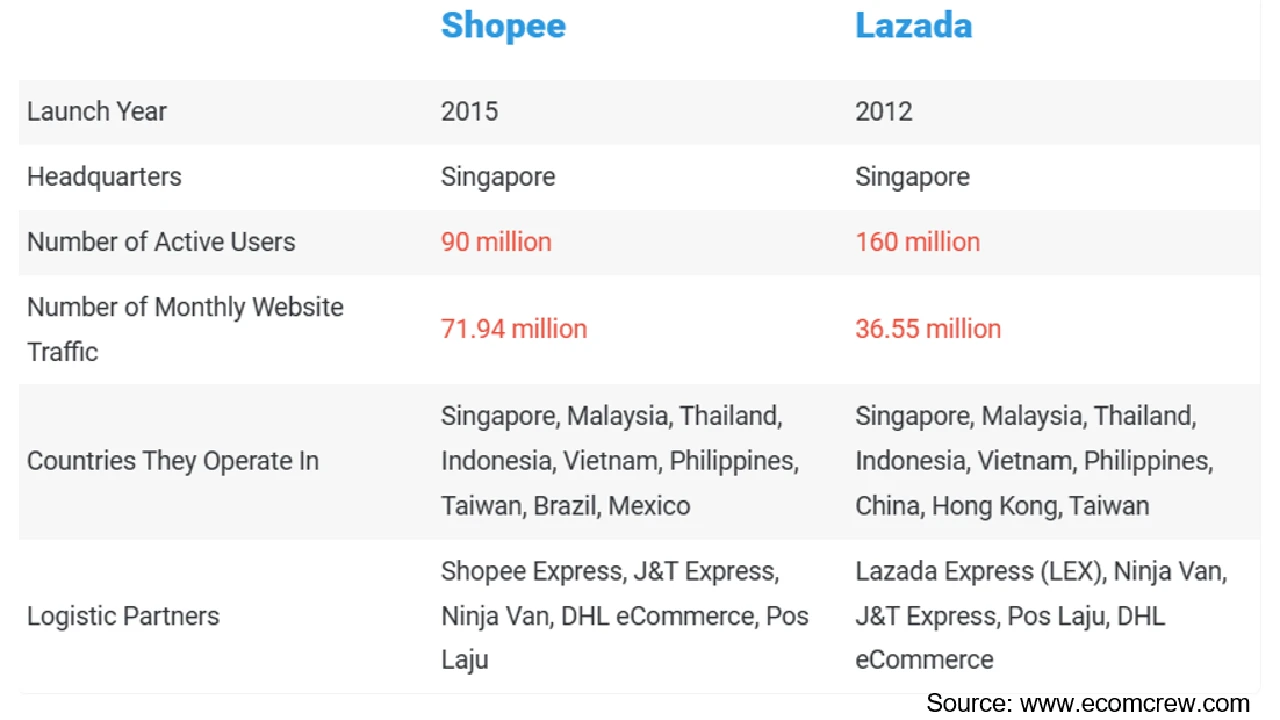Cybersecurity Threats to E-commerce in SEA & Mexico
Sample meta description.

The Expanding E-commerce Landscape in Southeast Asia (SEA) & Mexico: A Prime Target for Cybercriminals
Hey there! Let's talk about e-commerce. It's booming, right? Especially in Southeast Asia (SEA) and Mexico. We're seeing incredible growth, more people shopping online than ever before. But with this growth comes a darker side: a massive increase in cybersecurity threats. Think of it like this: the bigger the pie, the more people want a slice, even the unsavory ones. We're talking hackers, scammers, and all sorts of digital baddies looking to exploit vulnerabilities in e-commerce platforms and user behavior. This isn't just a theoretical problem; it's costing businesses and consumers real money and damaging trust in online shopping.
Understanding the Key Cybersecurity Threats Facing E-commerce Businesses in SEA & Mexico: A Deep Dive into Phishing, Malware, and DDoS Attacks
So, what are these threats exactly? Let's break it down. First up, phishing. You know those emails or messages pretending to be from your bank or a retailer, asking for your login details? That's phishing. It’s a classic, but it’s still incredibly effective. Then there's malware, nasty software designed to steal data, disrupt operations, or even hold systems ransom. Think viruses, trojans, and ransomware. And let's not forget DDoS (Distributed Denial of Service) attacks. These flood a website with traffic, overwhelming it and making it unavailable to legitimate users. Imagine trying to shop on your favorite site and it just won't load. Frustrating, right? That could be a DDoS attack.
Specific Examples of Cybersecurity Breaches and Their Impact on E-commerce Businesses in SEA & Mexico: Real-World Case Studies
Okay, enough doom and gloom. Let's look at some real-world examples. Remember that massive data breach at a popular online retailer in Mexico last year? Millions of customer records were compromised, including credit card details and personal information. The company faced huge fines, lost customer trust, and spent a fortune on remediation. Or how about that SEA-based e-commerce platform that was hit by a ransomware attack? They were forced to shut down operations for days while they scrambled to recover their systems. These aren't isolated incidents. They're happening more and more frequently, and they're a wake-up call for e-commerce businesses in the region.
Protecting Your E-commerce Business: Essential Cybersecurity Measures & Best Practices for Data Protection & Fraud Prevention
So, what can you do to protect yourself? The good news is, there are plenty of things! First and foremost, invest in robust security infrastructure. We're talking firewalls, intrusion detection systems, and up-to-date antivirus software. Regularly patch your systems. Those software updates aren't just annoying; they often contain critical security fixes. Implement strong authentication measures, like two-factor authentication (2FA). Make it harder for hackers to access accounts, even if they have the password. Educate your employees. Human error is a major cause of security breaches. Train your staff to recognize phishing attempts and other social engineering tactics. Monitor your systems for suspicious activity. Look for unusual login patterns or large data transfers. And have a plan in place for how to respond to a security incident. Don't wait until you're under attack to figure out what to do.
Recommended Cybersecurity Products for E-commerce Businesses in SEA & Mexico: A Comparison of Antivirus Software, Firewalls, and Intrusion Detection Systems
Okay, let's get specific about product recommendations. For antivirus software, consider Bitdefender GravityZone. It's a comprehensive solution that offers excellent protection against malware and other threats. It's priced around $70 per device per year. Another good option is Norton Small Business, which is easier to use and offers good value for money, starting around $50 per device per year. For firewalls, check out Cisco Meraki MX. It's a cloud-managed firewall that's easy to deploy and manage, and it offers advanced security features. Expect to pay around $500-$1000 per year, depending on your needs. Alternatively, Fortinet FortiGate is a powerful and customizable firewall, but it requires more technical expertise to configure. Pricing starts around $300 per year. Finally, for intrusion detection systems (IDS), look at Snort. It's an open-source IDS that's widely used and highly customizable. It's free to use, but you'll need to have some technical expertise to set it up and maintain it. Another option is AlienVault USM Anywhere, which is a cloud-based security information and event management (SIEM) platform that includes IDS functionality. Pricing starts around $1000 per month.
Use Cases & Product Comparisons: Choosing the Right Cybersecurity Solutions for Your Specific E-commerce Needs
Let's say you're a small e-commerce business in Mexico, selling handcrafted goods. You probably don't need the most expensive, enterprise-grade security solutions. Something like Norton Small Business for antivirus and a basic firewall like the Ubiquiti EdgeRouter X (around $50) might be sufficient. You can also leverage free tools like Cloudflare for basic DDoS protection. On the other hand, if you're a large e-commerce platform in SEA processing thousands of transactions per day, you'll need a more robust security posture. Consider Bitdefender GravityZone, Cisco Meraki MX, and AlienVault USM Anywhere. You might also want to invest in professional security services, like penetration testing and vulnerability assessments. The key is to assess your risk profile and choose solutions that are appropriate for your size and budget.
The Future of Cybersecurity in E-commerce: Emerging Threats and Proactive Strategies for 2025 and Beyond
Looking ahead to 2025, we can expect cybersecurity threats to become even more sophisticated. We'll likely see more attacks targeting mobile devices, as mobile commerce continues to grow. We'll also see more attacks leveraging artificial intelligence (AI) and machine learning (ML). Hackers are already using AI to automate phishing attacks and develop more sophisticated malware. To stay ahead of the curve, e-commerce businesses need to embrace proactive security strategies. This means continuously monitoring your systems for vulnerabilities, staying up-to-date on the latest threats, and investing in advanced security technologies like AI-powered threat detection. It also means fostering a culture of security awareness throughout your organization. Security is everyone's responsibility, not just the IT department's.
Affordable Cybersecurity Solutions for Small & Medium-Sized E-commerce Businesses in SEA & Mexico: Budget-Friendly Options
Don't think you have to break the bank to protect your e-commerce business! Plenty of affordable options exist. As mentioned before, Cloudflare offers a free tier for basic DDoS protection. Let's Encrypt provides free SSL certificates, which are essential for securing your website. Consider using open-source tools like Snort for intrusion detection if you have the technical expertise. And don't underestimate the power of strong passwords and regular security awareness training for your employees. Even simple measures can significantly reduce your risk.
The Role of Government Regulations & Compliance in E-commerce Cybersecurity in SEA & Mexico: Navigating the Legal Landscape
Navigating the legal landscape is crucial. Many countries in SEA and Mexico are implementing stricter data protection regulations. Make sure you're compliant with laws like GDPR (even if you're not based in Europe, you might still need to comply if you have European customers) and local data privacy laws. This includes implementing appropriate security measures and having a clear data breach response plan. Failure to comply with these regulations can result in hefty fines and reputational damage.
Mobile E-commerce Security: Protecting Customers and Transactions on Smartphones & Tablets
With more and more people shopping on their phones and tablets, mobile e-commerce security is paramount. Ensure your mobile app is secure and regularly updated. Implement strong authentication measures, like biometric authentication. Educate your customers about the risks of using public Wi-Fi for online shopping. And consider using a mobile device management (MDM) solution to manage and secure your employees' mobile devices.
Securing Payment Gateways & Preventing Payment Fraud in E-commerce: Best Practices for Transaction Security
Your payment gateway is a critical point of vulnerability. Ensure you're using a reputable payment gateway that complies with PCI DSS standards. Implement fraud detection measures, like address verification service (AVS) and card verification value (CVV) checks. Monitor transactions for suspicious activity, like unusually large purchases or multiple transactions from the same IP address. And consider using a fraud prevention service that can automatically detect and block fraudulent transactions.
:max_bytes(150000):strip_icc()/277019-baked-pork-chops-with-cream-of-mushroom-soup-DDMFS-beauty-4x3-BG-7505-5762b731cf30447d9cbbbbbf387beafa.jpg)






